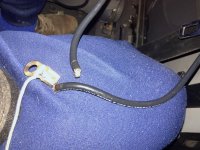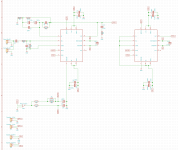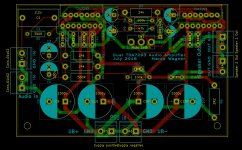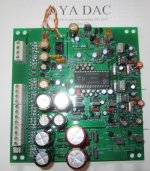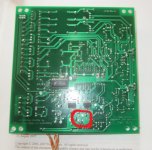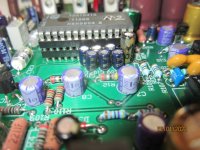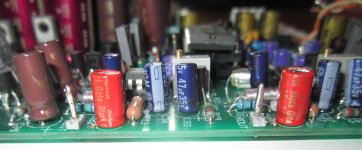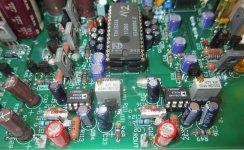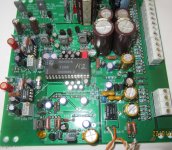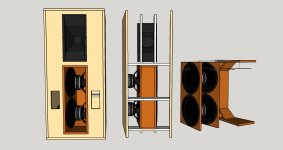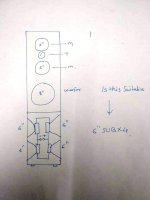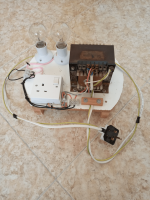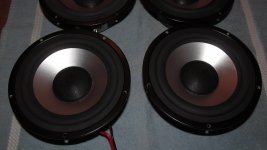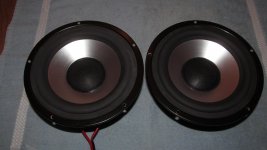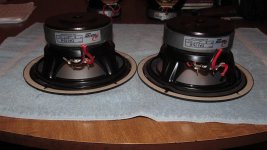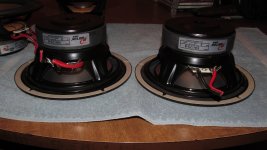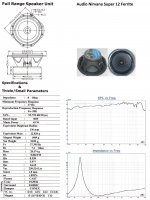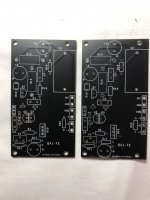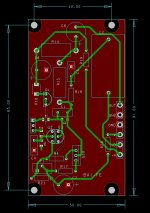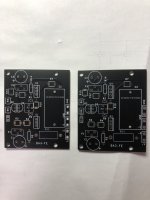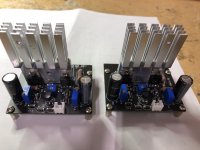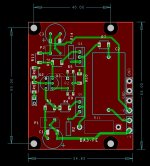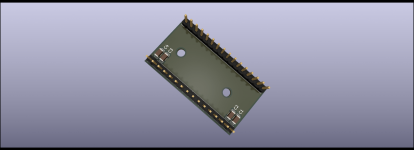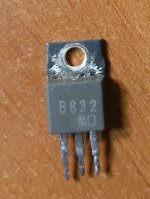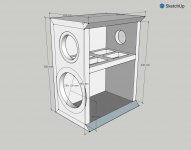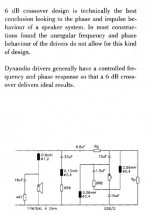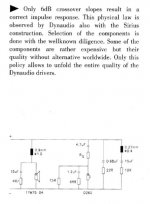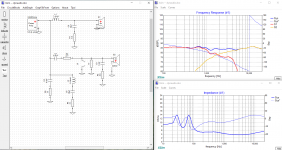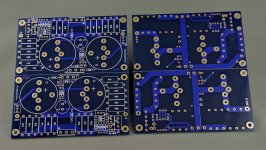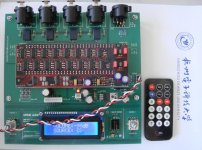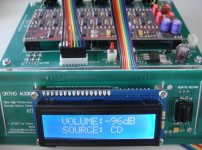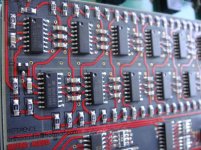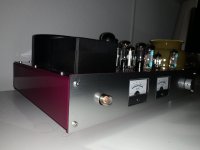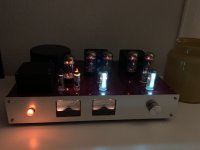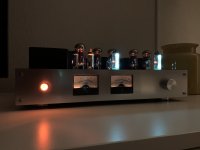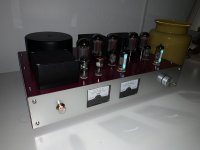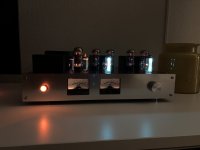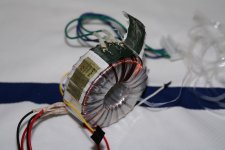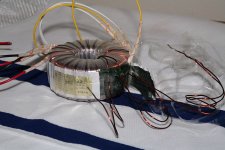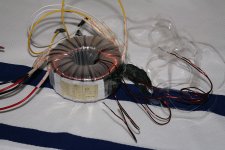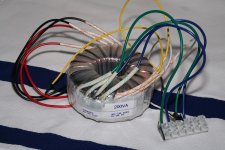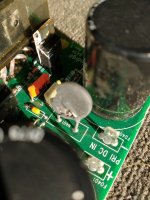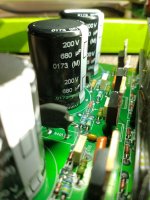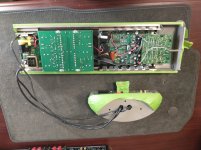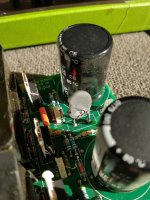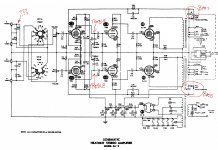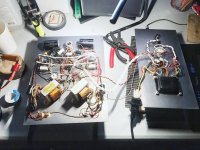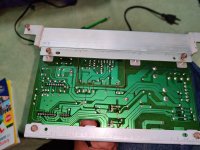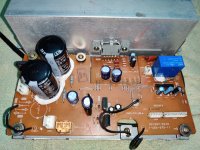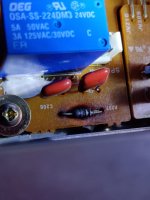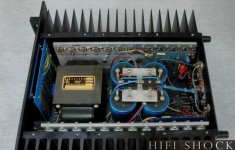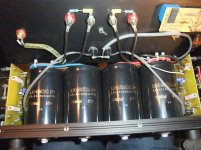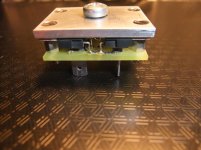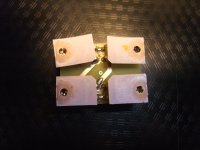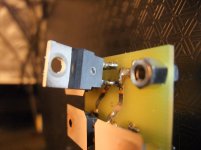I have a PPI PC1800.2 that I'm trying to bring back to working condition. Bought it last summer as
"very good condition and running". First install I had that wrong sound from the speakers, minute after ---
the smell from the trunk so we cut of the power removed it and I took it home. Curious if any damage can be visible, I looked
inside and noticed one resistor lifted up and the same one opposite burned on both ends. It's on first two pics:
.

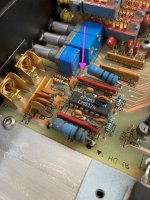
Took it to audio repair expert and after few weeks he fixed it. Replaced the resistors and he got rid of the dust from the inside of the amp.
Back to my man who was doing the install. Couple hours later he called and said that this time it's toasted for real. Before the install I asked him
to check simply with 12v power supply in his workshop. We were able to play the music, green light was on and it switched off without problems.
I looked inside again, the smell was really strong and it looked like charred bomb site. 2nd pair of pics:
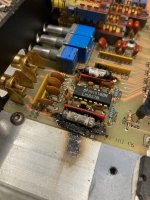
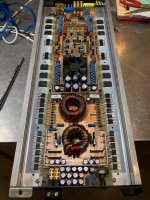
Took it again to the expert where he said that it looks like I have some issue with the ground wire. He mentioned that before at the first repair
and didn't even see the car......Now 3 months after I went there to see it and again the same resistors are replaced: ( now I know these are 10ohm
shield resistors).
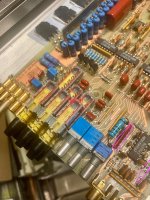
The guy at the repair shop , the expert I mentioned before said the amp turns on, green light is on but removing the remote wire
won't turn it off. It goes in protect mode with the red light. To save time and hopefully my amp as well, I told him I'll ask here on this group.
Now he tries to find out what are these parts for. I marked them with pink color. One is burned black so we cannot identify the values or whatever is
written on it. The second one where the numbers are clear theres no result when I search for it in the web. I've tried
with similar 8pin yellow color ones, just above those brown he removed. I see Korean network resistor but different values.
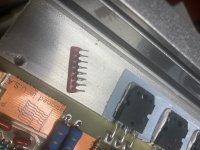
Can you help identify that part? What can cause that amp to stay on after the remote switch off? What he can check or look for in this case? He
asked me for a schematic but I have only the manuals printed. Also he was right about the ground problem in my car, here's how the ground wire looked
like before I took all the old stuff out and replaced with heavy welding cables
